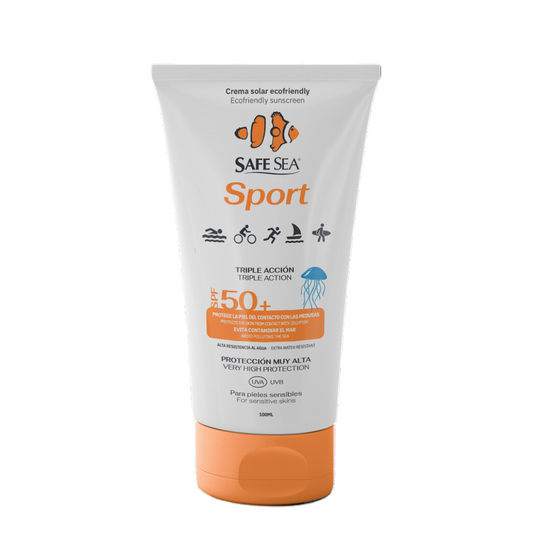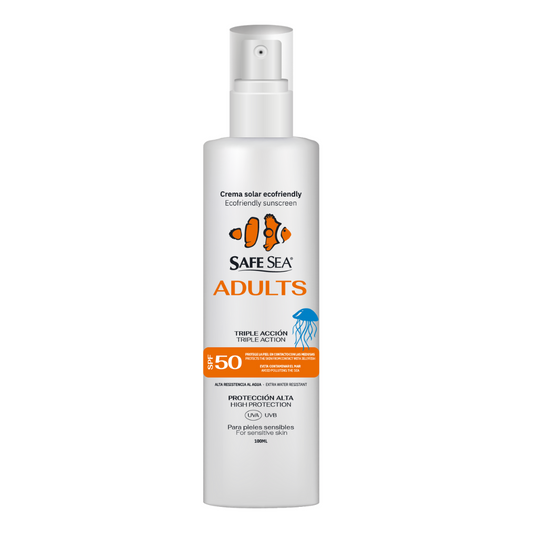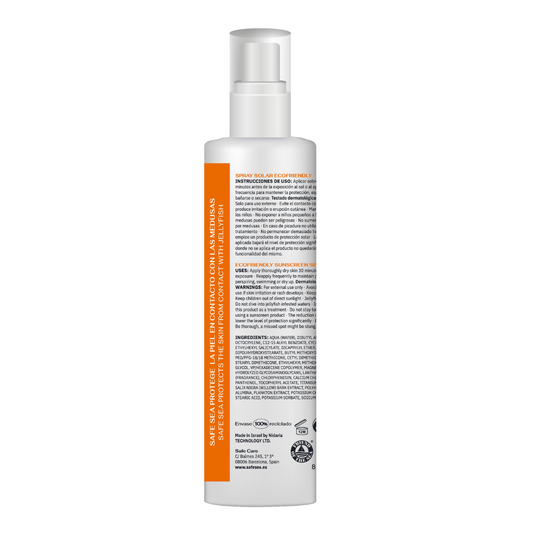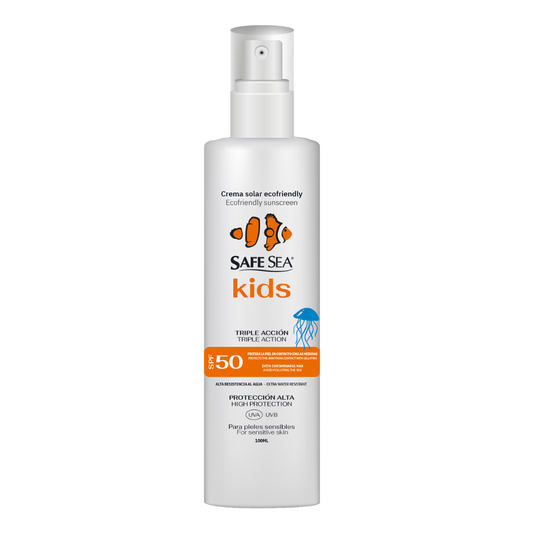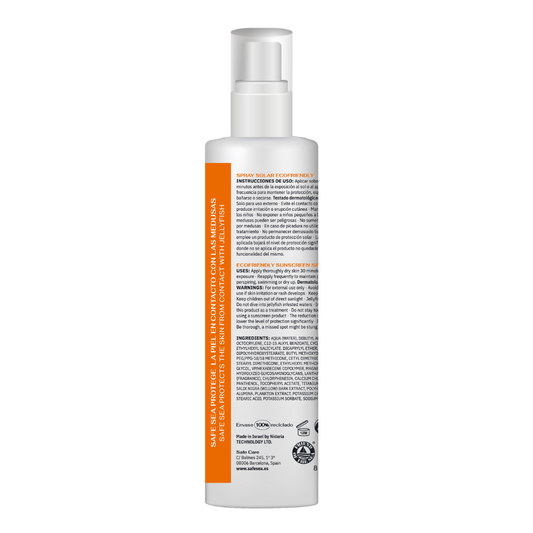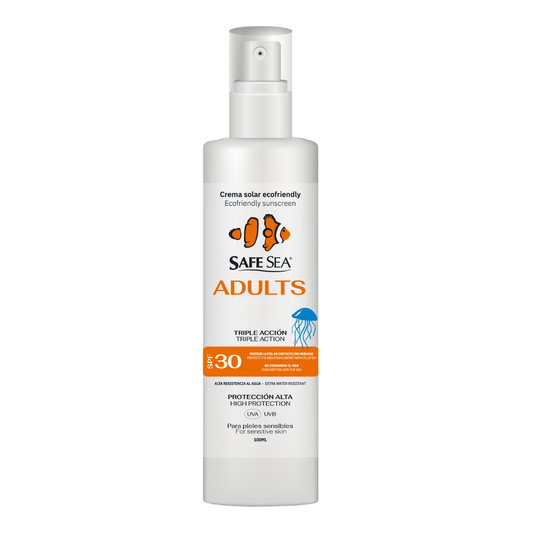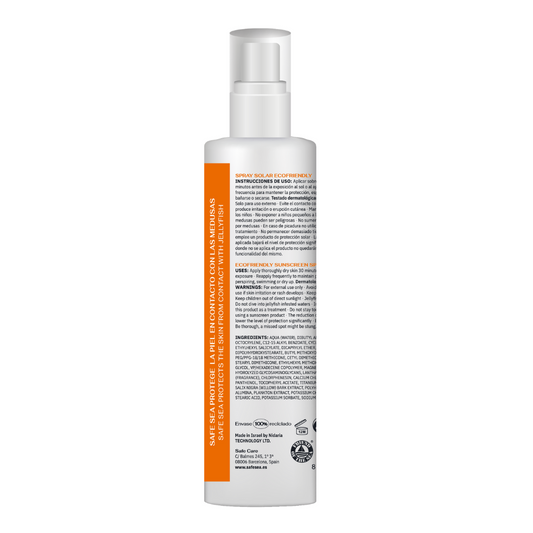Medusa nomura: what happens if you get stung?

Do you know which marine animal is potentially deadly to humans? You've probably thought of the shark. But nothing could be further from the truth. It is the well-known nomura jellyfish. This gigantic species can measure up to 3.5 meters and reach more than 200 kilos in weight. A real threat, not only because of its size, but also because of its capacity to generate the most lethal venom in the world.
For the time being, nomura jellyfish only inhabits seas bordering Japan, China and Korea. Numerous stings of this animal have been reported in humans for several decades. It is important to know that its potent venom is not like that of other animals of its species(scyphozoans) - which usually only generate stinging and swelling in the affected area. The effects of the sting of this giant jellyfish go even further: in the worst cases, they can cause serious lesions in vital internal organs, and can even cause death in adults.
Why is the venom of the nomura jellyfish lethal?
Despite the passage of time and the numerous cases of stings reported, until very recently no one had been able to figure out the mystery of the lethal venom of the nomura jellyfish. A team of researchers from the Chinese Academy of Sciences has now deciphered part of the "cocktail" of toxins that confer it. It contains more than 200 different toxins in its venom, and some of them (most notably the NnLF fraction) are specifically designed to damage certain body organs: causing heart problems, lung inflammation or kidney malfunction.
Although the toxins act individually on each organ, they could be acting together, thus causing massive organ failure. If you want to know more about this study, you can consult all the details in the followinglink .
Other characteristics of the nomura jellyfish
In addition to its large size and weight, the body of the nomura jellyfish is 95% water. Like many other species, it has no eyes, brain or respiratory tract. The coloration of this jellyfish is variable: gray or brown specimens can be found with pink or white tentacles.

Photographer comes face to face with giant nomura jellyfish
The sunscreen that inhibits jellyfish stings
Jellyfish stings can stop being a concern for you. Safe Sea sunscreens also act as "anti jellyfish". And if you are going on vacation in the Mediterranean - where there are also very poisonous jellyfish species - , you are interested. Because according to biologists, more jellyfish than usual are expected this summer. So make sure you pack thejellyfish-inhibiting sunscreen in your suitcase.
Our sunscreens develop a technology that, in addition to its high sun protection factor (SPF50), acts as "anti jellyfish" and protects the skin from contact with these animals, preventing stings. They are not repellents, but inhibitors. Through their ingredients they directly block the sensory cells of the jellyfish tentacles just when the burning or stinging process is activated. In other words, the jellyfish do come into contact with our skin, but they do not detect us as prey, so they do not sting.
The formula of this triple protection is water resistant and lasts more than 80 minutes. Idealfor long days spent in the open water practicing water sports. By the way, it does not release active ingredients in the sea, and is cruelty free and vegan.


